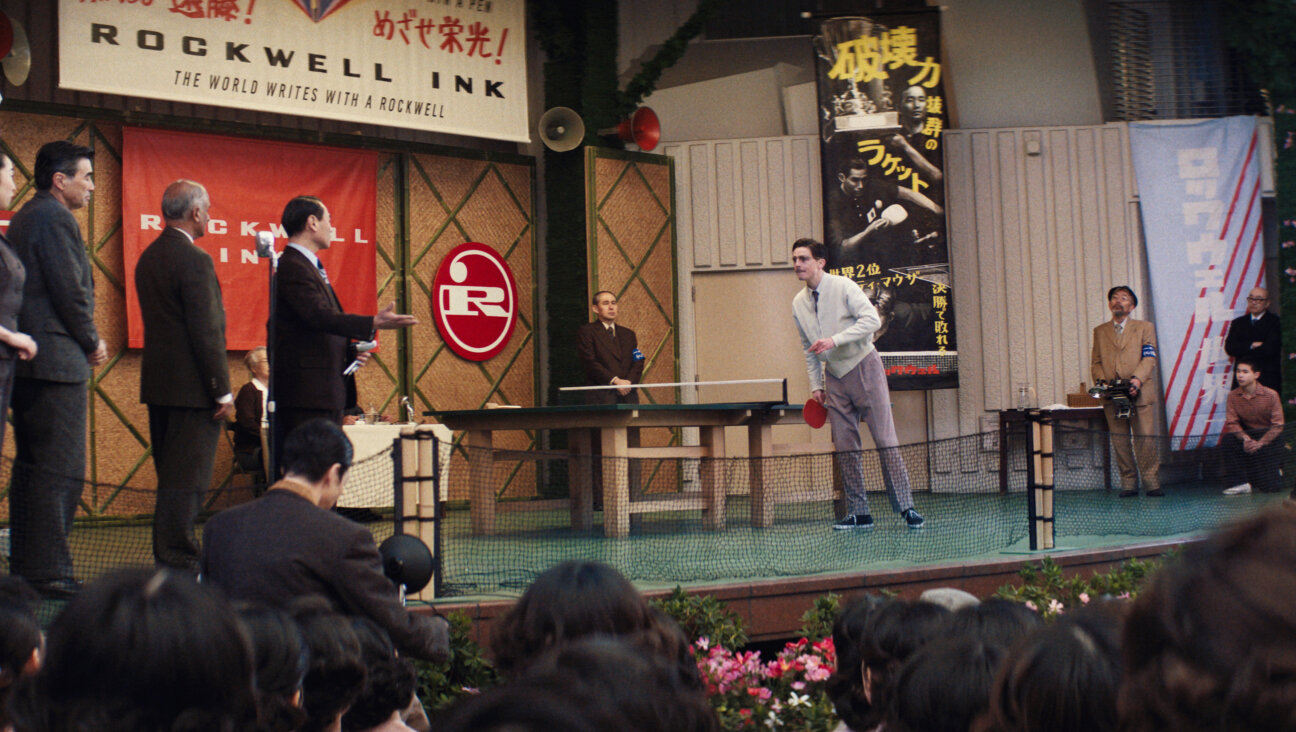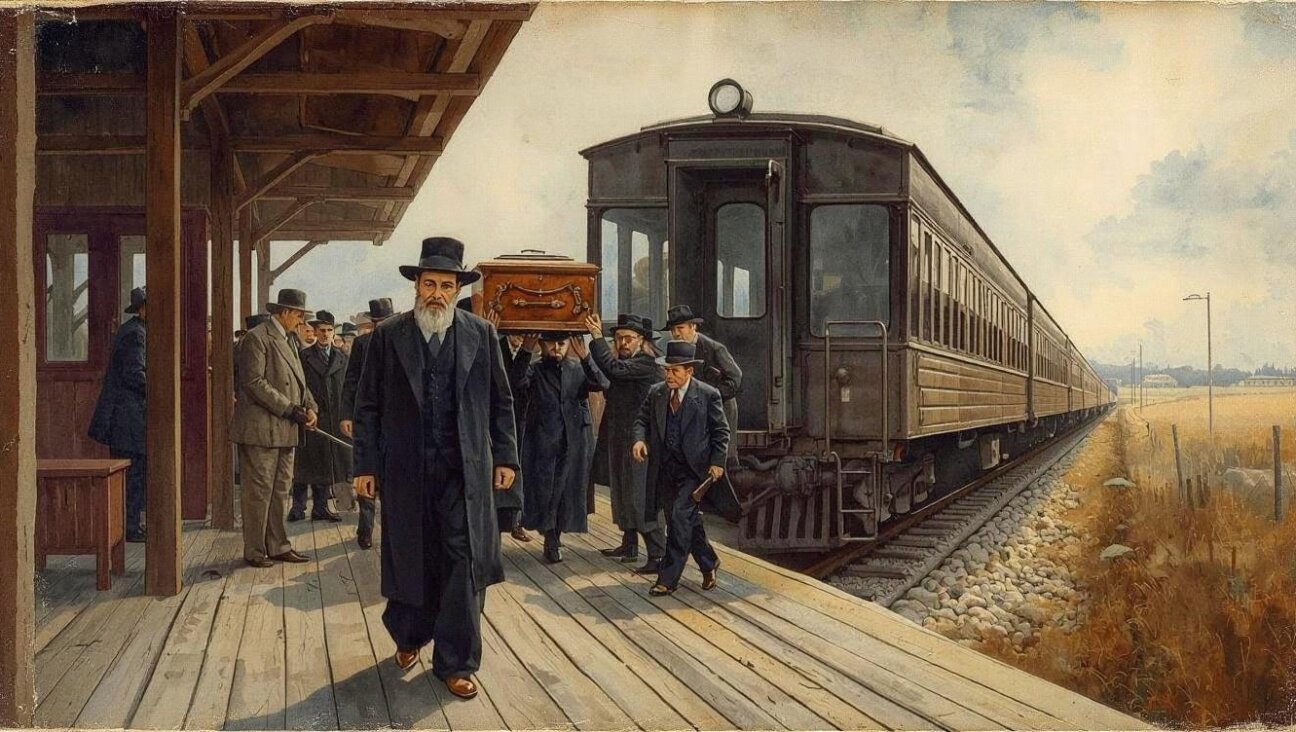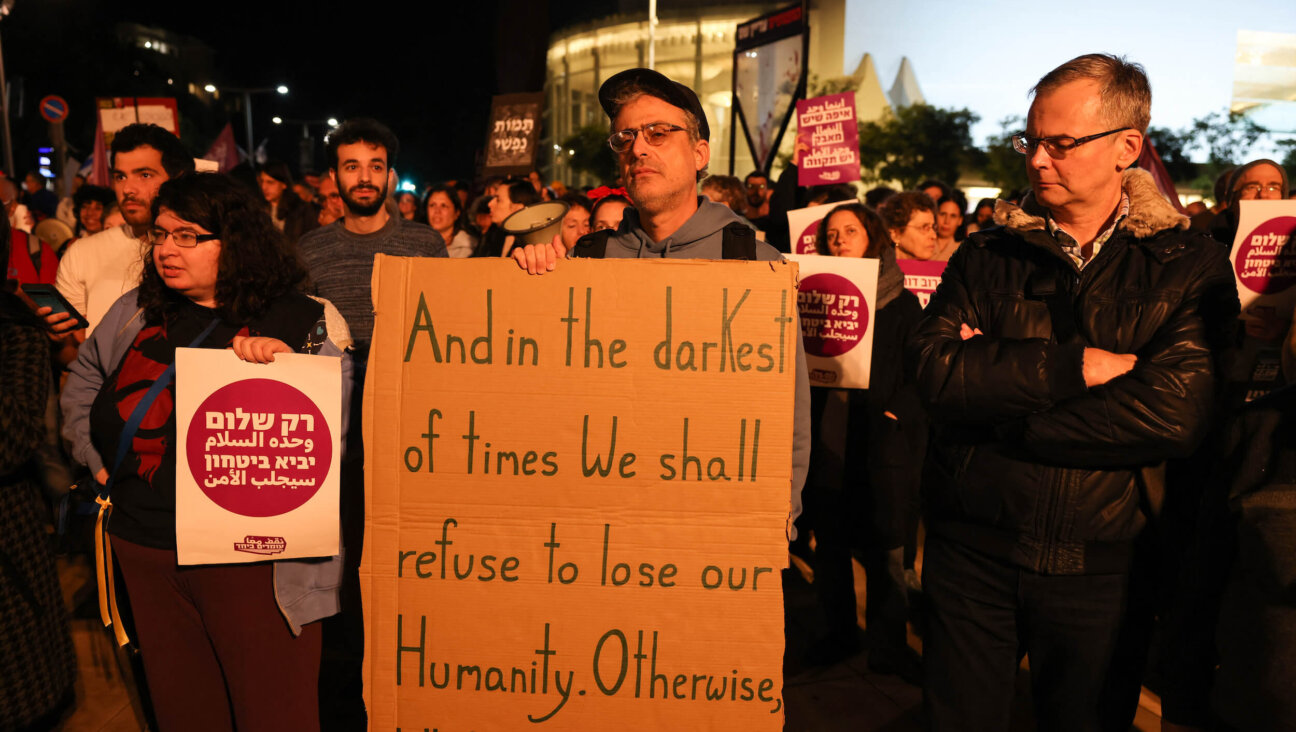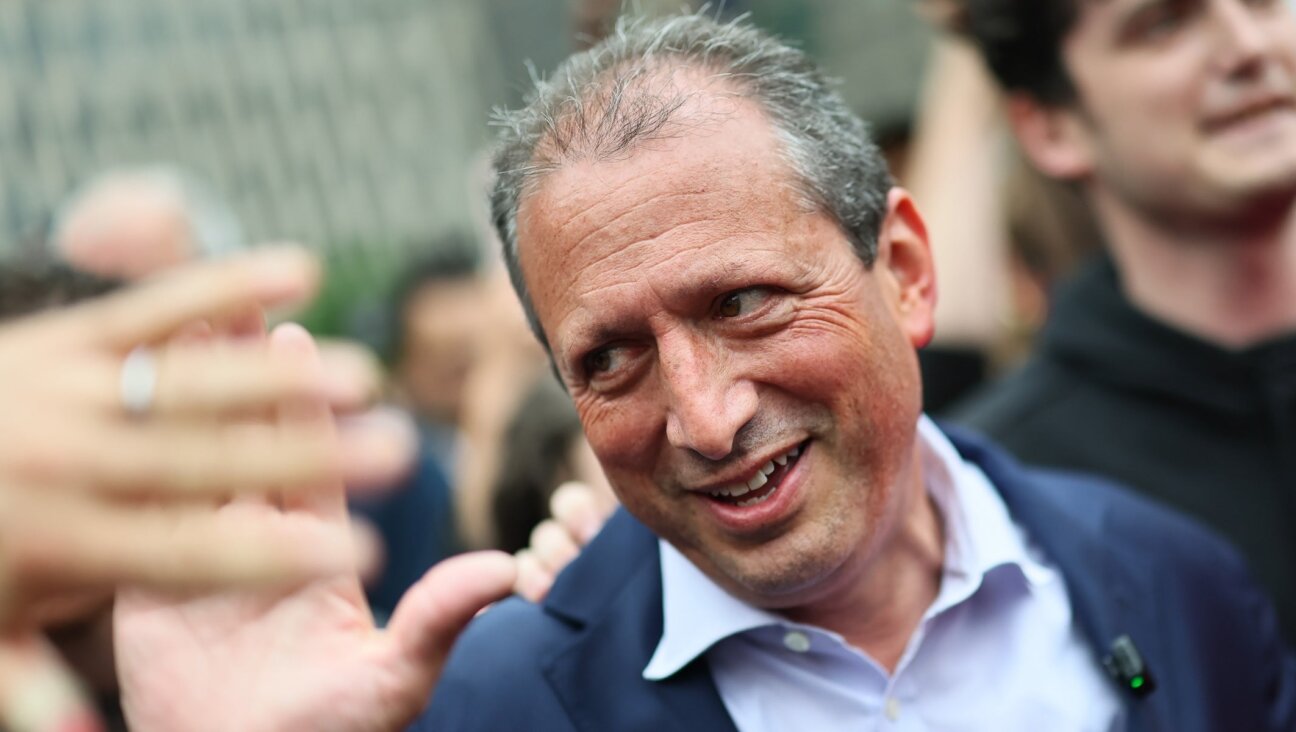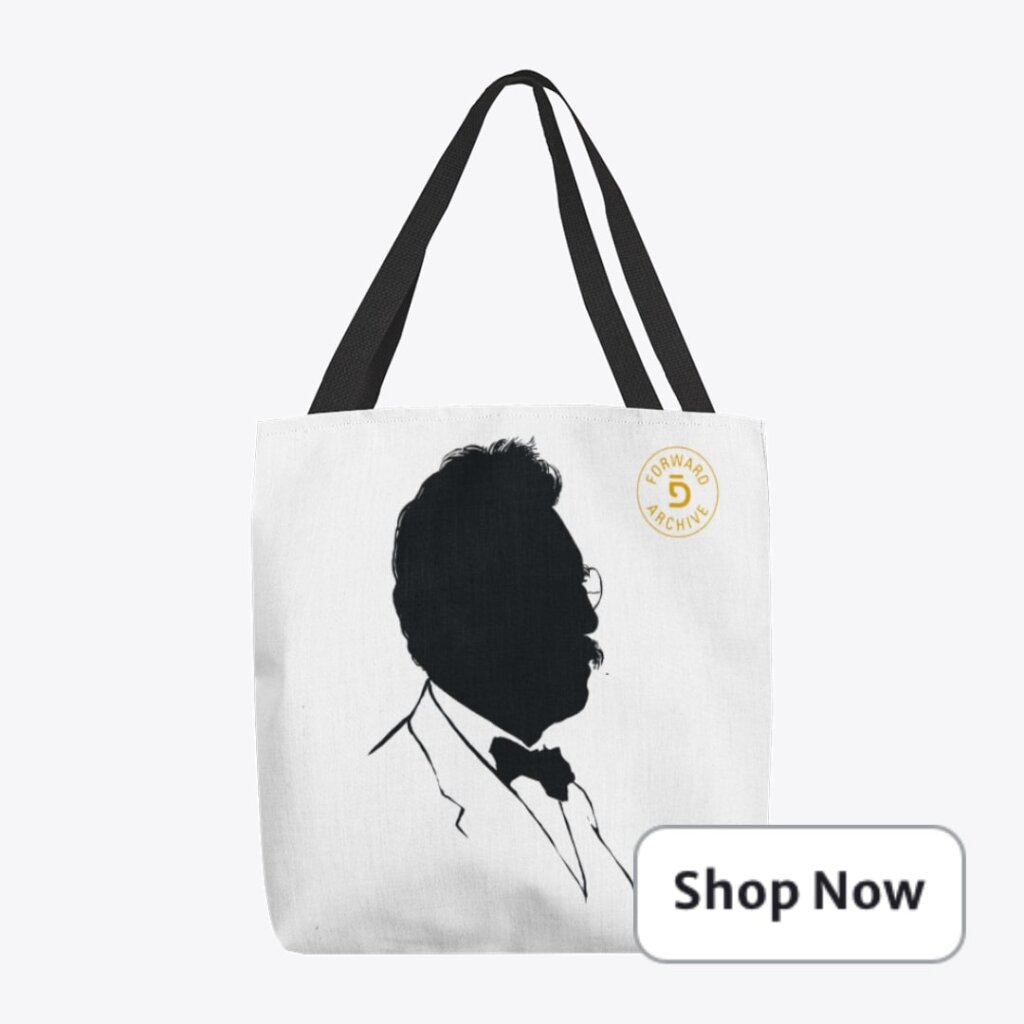BINTEL BRIEFWhat would you do with gold teeth said to be from Holocaust victims?
Bintel says you’ll never be certain of their origin. But what to do with them is clear

A rabbi was given a collection of gold teeth, now in a blue velvet jewelry bag, and wonders what to do with them. Image by iStock
Got problems? Bintel Brief can help! Send your quandaries to [email protected] or submit this form. Anonymity guaranteed.
Dear Bintel,
I’m the only rabbi in my region for about an hour’s drive in either direction. I get all kinds of interesting people reaching out to me.
Someone brought me a collection of gold teeth that they’d bought at an estate sale. They were told that the teeth were taken from Jews in the Holocaust.
I set them aside for a long time. Wherever these teeth came from, there’s depravity surrounding them. Nobody ends up with gold teeth through good circumstances. They’re now in a blue velvet jewelry bag.
How do I treat them with respect? Is there any way I can find out about their provenance? I reached out to the U.S. Holocaust Memorial Museum but didn’t hear back. The best I can think of is to bury them, but I feel like I want to do more than that.
Signed,
Unsettled
Dear Unsettled,
I assume the person who handed the teeth off to you for safekeeping had honorable intentions and knew nothing more about their origin than what you’ve shared. I’m sure I don’t need to tell you that many people who collect Nazi memorabilia do not have honorable intentions.
I made a number of inquiries on your behalf with museums, forensics experts and people who handle Jewish burials. But before I relay their guidance, I want to challenge one assumption you’re making: that the only way someone ends up with a collection of gold teeth is through some sort of “depravity.”
It’s undisputed that the Nazis took their victims’ teeth to recover the gold. But Dr. Mike Bowers, author of Forensic Dental Evidence: An Investigator’s Handbook, told me it wasn’t unusual for dentists here to save extracted teeth if they had gold crowns. The teeth were sold to scrap metal dealers or companies that specialize in recovering the gold.
So I have to wonder if maybe these teeth were collected by a local dentist who never got around to selling them. And maybe whoever ran the estate sale had no idea where the teeth came from, but speculated on a macabre origin story to pique buyers’ interest.
What museums say
For now, though, let’s assume the story is true: What do you do with them?
Forget about giving them to an institution. The U.S. Holocaust Memorial Museum does not accept human remains. I also reached out to the Buchenwald concentration camp memorial — not that there’s any connection there, but just to learn about their policies. A spokesperson said they only accept items with a proven link to their camp, and while they keep some human artifacts in their collections as evidence of atrocities, they do not display them out of respect for the victims.
Testing for provenance
Regarding provenance, you can use radiocarbon dating on teeth, but you’d only be able to date them within a 275-year range, according to Carla Hadden, director of the University of Georgia’s Center for Applied Isotope Studies. So you can find out if they came from people who lived between 1675 and 1950, but you won’t be able to narrow the range to, for example, between 1890 and 1945. Radiocarbon dating is also “a very destructive process, consuming most, if not all, of the tooth,” she said, and it costs $500 per tooth.
Can teeth be tested for Jewish DNA? Yes, according to several dentists who responded to a query I sent to the American Academy of Forensic Scientists. “DNA in teeth has been preserved and examined from the teeth of Egyptian mummies,” said Dr. Denise Murmann. A lab in India told me they’d do it for $500 per tooth; in the U.S., it would likely run more like $3,000 per tooth.
Best practice: Rebury with dignity
If money were no object, should you test the teeth? In 2023, when bone fragments were found at a Berlin construction site where a notorious Nazi research institute once stood, authorities decided against testing for DNA or other information. They made the decision out of respect for the victims.
That decision is in keeping with recommendations from a 2017 symposium held at Yad Vashem, the Holocaust remembrance center in Israel. The symposium looked at how to deal with Holocaust-era human remains, and concluded that such remains should simply be “handled with respect and reburied with dignity.”
I got the same advice from a member of a chevra kadisha (a Jewish burial society); from the head of a beit din (rabbinical court); and from Albert Bloomfield, past president of the Jewish Funeral Directors of America. Bloomfield recommended finding either a Jewish cemetery or a cemetery that has a Jewish section, and asking for a spot where the teeth can be interred.
Public ceremony: Yes or no?
You say you’d like to “do more” than just bury the teeth. Sure, you could host a ceremony honoring victims of the Holocaust. You could use the occasion to discuss atrocities that included extracting teeth for their gold, and invite your congregation and community to take part. I spoke to a colleague who said she’d attend an event like that.
But you asked Bintel’s opinion, so here it is. Making a big deal out of this, to me, feels like grandstanding. I believe that a respectful interment with little fanfare is the best course of action — especially since it’s unlikely that you’ll ever know for sure where the teeth came from.
What do you think? Send your comments to [email protected] or send in a question of your own. And don’t miss a Bintel: Sign up for our Bintel Brief newsletter.


